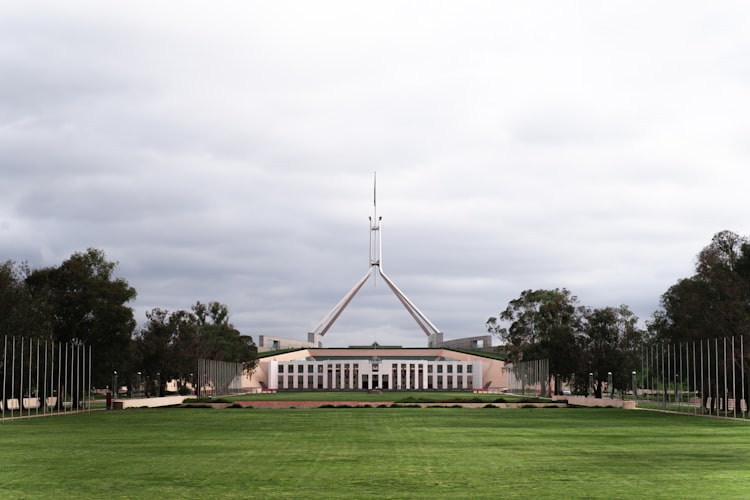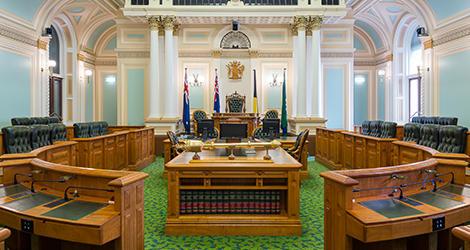Commonwealth Environmental Water Office
MEDIA RELEASE
In the past 30 years, there have been significant declines in populations of all of our waterbirds in south-eastern Australia including the ibis species. With flowing rivers and conditions warming up, ibis have been busy checking out nesting and foraging sites in the lower Murrumbidgee (Lowbidgee) and Lachlan rivers around Hay, Balranald and Booligal.
Some may only know ibis as ‘bin chickens’ or ‘tip turkeys’, but these birds also play an important part in our wetland and agricultural ecosystems. Along with the Australian white ibis (or ‘bin chicken’), there are two other species that roam our waterways: the Straw-necked ibis and Glossy ibis.
Straw-necked ibis can be distinguished from White ibis by their black backs and wings and distinctive straw-like feathers at the front of their necks. The Glossy ibis is much smaller and is a mixture of reddish brown and iridescent green-and purple in colour. Glossy ibis live in shallow wetlands throughout inland NSW using their long-curved bill to feed on frogs, snails and aquatic insects.
The Straw-necked ibis is sometimes known as the ‘Farmers Friend’, as they love to gorge on grasshoppers and locusts that threaten crops. They depend on healthy wetlands to build their nests, and unlike their cousins, the White ibis, these birds are not likely to be found raiding urban bins and avoid humans.
With more water around, birds like ibis are beginning an important nesting ritual – trampling. The ‘trampling’ stage of nesting occurs when waterbirds begin to construct their nests, squashing wetland plants like lignum to create a soft and protected home for their chicks.
Water naturally filling wetlands may encourage bird breeding events, but if wetlands dry out too quickly, the birds will be unable to successfully complete their breeding cycle. To delay the time it takes for wetlands to dry out, water for the environment is used to ‘top-up’ the wetland and maintain breeding conditions, finishing what nature has begun.
While it is early days for bird breeding this season, we have our fingers crossed for a large-scale breeding event in the Lowbidgee and Lachlan wetlands this year. Stay tuned to keep an eye on how the chicks are tracking or get in touch for more information.
Erin Lenon – Local Engagement Officer for the Commonwealth Environmental Water Office. M: 0417 965 714 E: [email protected]
Michele Groat – Local Engagement Officer for the Commonwealth Environmental Water Office. M: 0427 682 309 E: [email protected]







